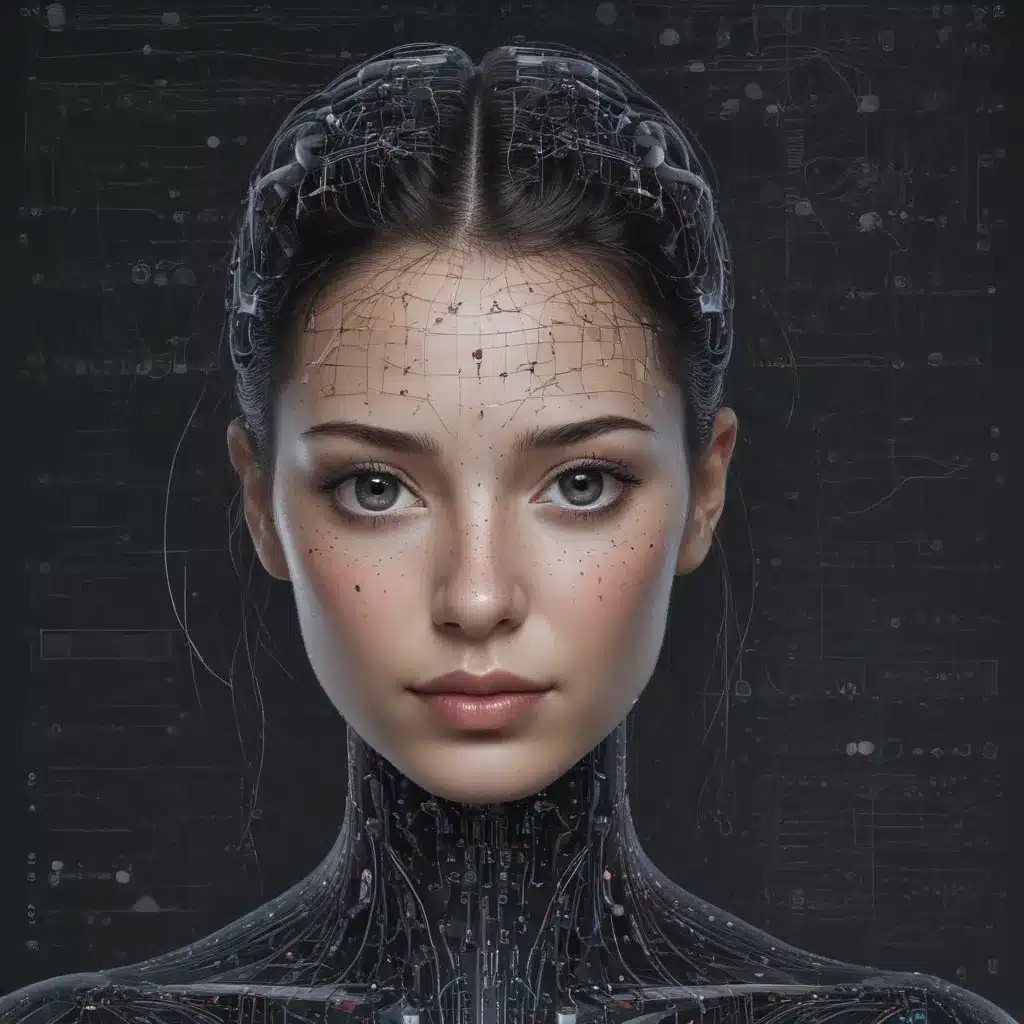
The Convergence of Art and Technology
I have always been fascinated by the intersection of art and technology. As an avid observer of the creative process, I have witnessed firsthand how advances in artificial intelligence (AI) have transformed the way we approach design and creative expression. In this in-depth exploration, I will delve into the intricate relationship between AI and the creative process, examining how this powerful technology is shaping the future of design.
The integration of AI into the creative realm has been a gradual but profound transformation. I remember the initial skepticism and hesitation among many artists and designers, who feared that this technological revolution would diminish the uniqueness and authenticity of their work. However, as I have observed the evolution of AI-powered design tools and creative applications, I have come to realize that this technology can actually enhance and empower the creative process in remarkable ways.
One of the most significant impacts of AI on design has been its ability to generate and analyze vast amounts of data. Designers can now leverage AI algorithms to uncover insights and patterns that would have been virtually impossible to detect through manual analysis. This data-driven approach has opened up new avenues for exploration, allowing designers to identify emerging trends, user preferences, and untapped market opportunities.
Embracing the Power of AI-Assisted Design
As I delve deeper into the subject, I am struck by the versatility of AI-assisted design tools. From generative design, where AI algorithms can create a multitude of design variations and iterations, to predictive analytics that can forecast the performance and reception of a design, the applications of this technology are truly transformative.
I have witnessed designers harness the power of AI to streamline their workflows, automate repetitive tasks, and free up valuable time for the more creative and conceptual aspects of their work. By automating time-consuming processes, such as color palette generation, layout optimization, and asset management, AI has enabled designers to focus on the higher-level strategic and artistic decisions that truly drive innovation.
Moreover, the integration of AI has expanded the creative possibilities for designers. I have seen AI-powered tools generate unique visual assets, from abstract patterns and dynamic illustrations to captivating animations and immersive 3D environments. These AI-generated elements can serve as a springboard for further creative exploration, allowing designers to build upon and refine these initial concepts.
Collaboration Between Humans and AI
As I continue to explore the synergy between AI and the creative process, I am particularly intrigued by the collaborative nature of this relationship. I have observed designers and AI systems working in tandem, with each leveraging their unique strengths to produce truly remarkable results.
Designers bring their deep understanding of human emotion, cultural context, and design principles to the table, while AI systems offer unparalleled computational power, pattern recognition, and the ability to rapidly iterate and generate new ideas. By fostering this collaborative partnership, designers can harness the analytical and generative capabilities of AI to enhance their own creative vision and problem-solving abilities.
One fascinating example I have encountered is the use of AI in the field of user experience (UX) design. AI algorithms can analyze user behavior, preferences, and pain points with remarkable accuracy, providing designers with valuable insights that inform the creation of more intuitive and engaging interfaces. This synergy between human-centered design and data-driven insights has the potential to revolutionize the way we approach user-centric product development.
Ethical Considerations and the Future of AI-Driven Design
As the integration of AI into the creative process deepens, it is crucial that we also consider the ethical implications of this technology. I have given a lot of thought to the potential risks and challenges that may arise, such as the issue of algorithmic bias, the displacement of creative professionals, and the potential erosion of human creativity.
It is essential that we, as designers and creative professionals, remain vigilant and proactive in addressing these concerns. We must ensure that the development and deployment of AI-powered design tools are guided by principles of transparency, accountability, and fairness. By collaborating with ethicists, policymakers, and technology experts, we can work towards creating a future where AI and human creativity coexist in a harmonious and mutually beneficial relationship.
As I look towards the future, I am filled with a sense of both excitement and responsibility. The integration of AI into the creative process is not a passing trend, but a transformative shift that will continue to shape the way we design, innovate, and express ourselves. By embracing this technology with a thoughtful and strategic approach, we can unlock new avenues for creative expression, drive innovation, and enhance the human experience.
Conclusion: Embracing the Future of Design by Data
In conclusion, the integration of AI into the creative process has undoubtedly been a profound and multifaceted transformation. As I have explored the various ways in which this technology has impacted design, I have come to appreciate the remarkable potential it holds to enhance and empower the creative process.
From data-driven insights that inform design decisions to the generative capabilities that expand creative possibilities, AI has become an essential tool in the designer’s arsenal. By fostering a collaborative relationship between human creativity and AI-powered capabilities, we can unlock new frontiers of innovation and redefine the boundaries of what is possible in the world of design.
As we move forward, it is crucial that we approach this integration with a deep sense of responsibility and ethical consideration. By addressing the potential risks and challenges head-on, we can ensure that the integration of AI into the creative process is guided by principles of transparency, fairness, and the preservation of human creativity.
I am excited to see how the continued evolution of AI-driven design will shape the future of our creative landscape. By embracing this technology with a strategic and thoughtful approach, we can unlock new avenues for artistic expression, drive meaningful innovation, and enhance the human experience in unprecedented ways.












